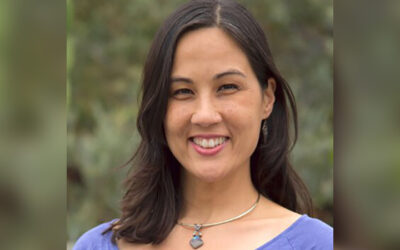The current evidence supports dietary recommendations to consume a handful of nuts and seeds per day for people without allergies to these foods.
 Nuts and seeds, such as almonds, walnuts, peanuts, and sunflower seeds, are rich in macronutrients and are commonly part of a healthy diet, but how much should adults be eating as the recommended amount? Researchers and health professionals aggregated over 80 articles on the association between nut and seed consumption patterns and disease, notably: cardiovascular disease, diabetes, cancer, and all-cause mortality. Studies that monitored diet and health outcomes were segmented as either favoring more nuts or less nuts, and they developed a relationship between nut consumption and disease prevalence. Scientists found those who ate a handful of nuts (28 grams) per day would have a 21% lower likelihood of developing cardiovascular disease, an 11% lower likelihood of developing cancer, and a 22% reduction in all-cause mortality versus those who did not eat nuts.
Nuts and seeds, such as almonds, walnuts, peanuts, and sunflower seeds, are rich in macronutrients and are commonly part of a healthy diet, but how much should adults be eating as the recommended amount? Researchers and health professionals aggregated over 80 articles on the association between nut and seed consumption patterns and disease, notably: cardiovascular disease, diabetes, cancer, and all-cause mortality. Studies that monitored diet and health outcomes were segmented as either favoring more nuts or less nuts, and they developed a relationship between nut consumption and disease prevalence. Scientists found those who ate a handful of nuts (28 grams) per day would have a 21% lower likelihood of developing cardiovascular disease, an 11% lower likelihood of developing cancer, and a 22% reduction in all-cause mortality versus those who did not eat nuts.
Reference:
Balakrishna, R., Bjørnerud, T., Bemanian, M., Aune, D., & Fadnes, L. T. (2022). Consumption of Nuts and Seeds and Health Outcomes Including Cardiovascular, Diabetes and Metabolic Disease, Cancer, and Mortality: an Umbrella Review. Advances in nutrition (Bethesda, Md.), nmac077. Advance online publication. https://doi.org/10.1093/advances/nmac077
Laura Bustard is an actuary who is passionate about plants. She has conducted research on the emergency food system and prescription-produce, and recently worked for FairShare CSA Coalition in Madison, WI. She now lives in Goleta, CA, and works remotely for The Standard, holding a Masters of Science in Urban and Regional Planning and a Fellowship from the Society of Actuaries.
Rooted Team Spotlight: Meet Our Newest Advisory Council Members
Every project we undertake at Rooted Santa Barbara County springs from the passion, expertise, and leadership of...
Team Member Spotlight: Andrea Light
A growing network of community members is powering Rooted Santa Barbara - lets’ meet the team! Each month we’re...
2022 Annual Snapshot
Since 2020, Rooted has been mobilizing an impressive network of nutrition education programming, resources and...
Supporting Our Work - We’re currently an all-volunteer organization and we see incredible room and need to grow over the coming year. We understand that this time has enormous challenges for everyone, so while we’ll be seeking support to help roll our vision forward, we’re also thinking creatively to keep our costs low to efficiently build resources and deliver programming at low to no cost to our community. If you’d like to support our work, we hope you’ll consider making a donation to one of our giving programs through our community partner, the Santa Barbara Foundation!



